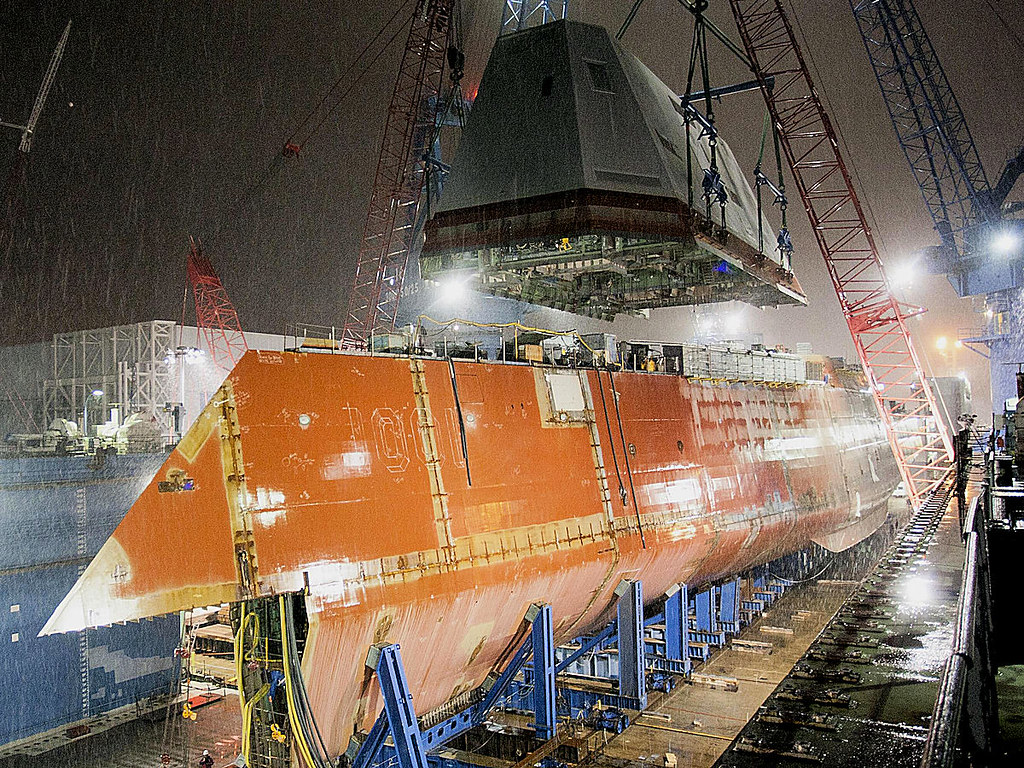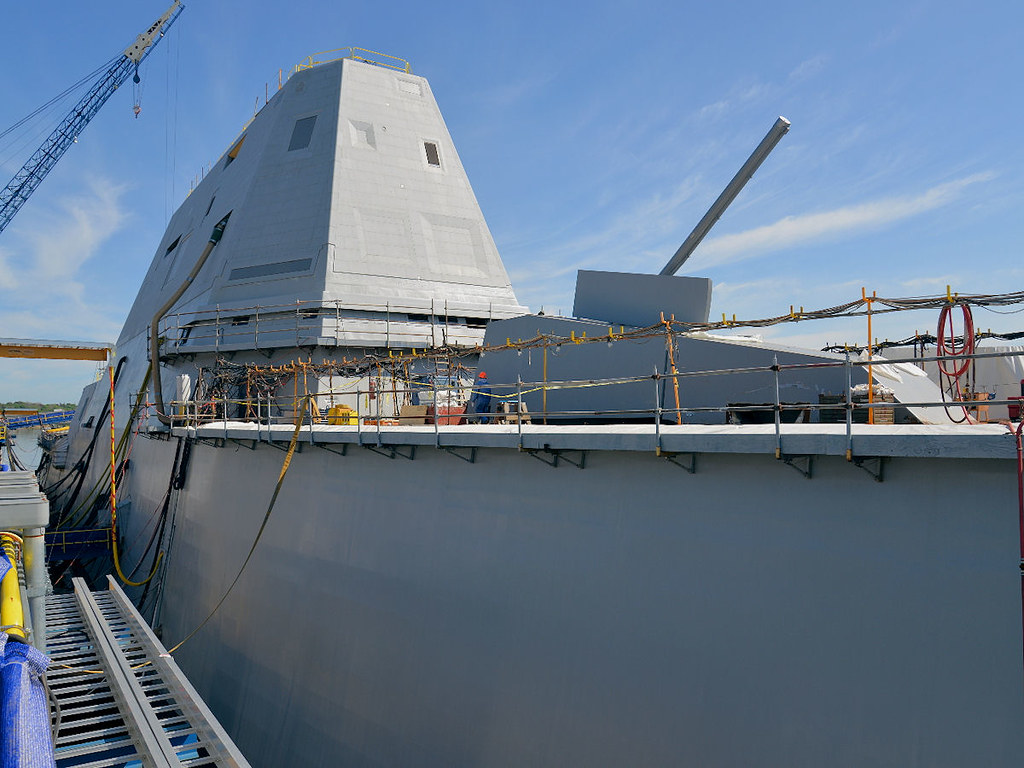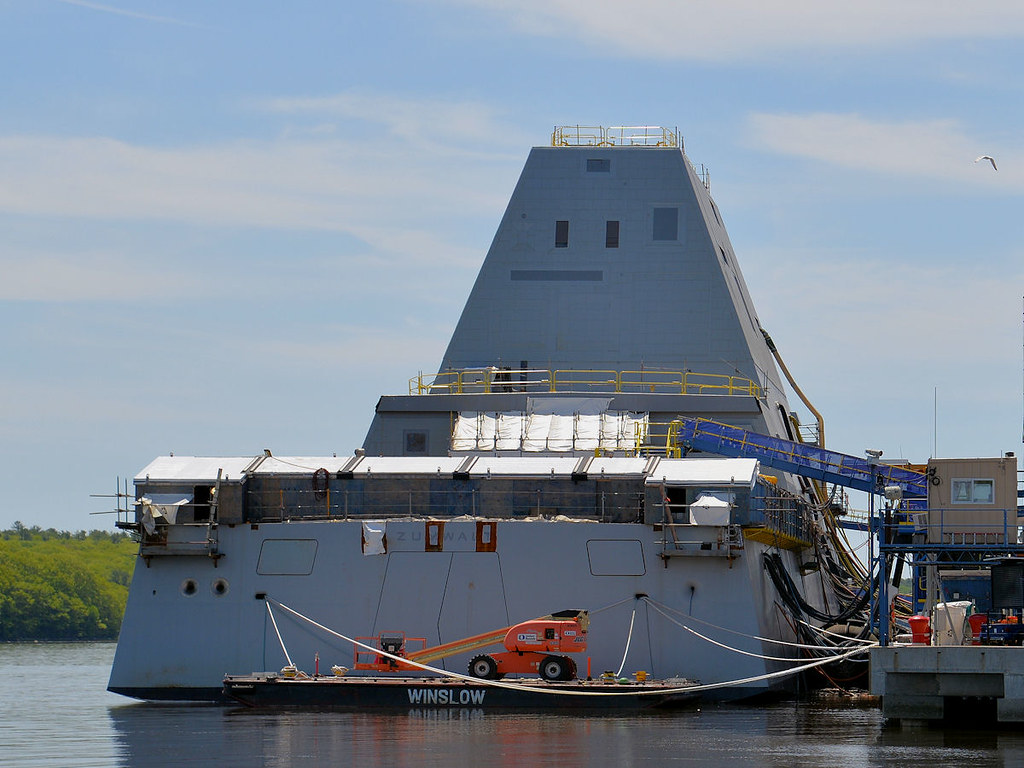As the plane lifted off, engineers and technicians monitored images of the belly of the aircraft and its precious cargo, a prototype of a complex electronic attack system known as the Next-Generation Jammer (NGJ).
There had already been airworthiness tests and pod check flights, but this was the main event. The jet was headed to California’s Mojave Desert and Naval Air Weapons Station China Lake for a three-hour mission to assess aircraft integration, jamming techniques, beam agility, array-transmit power and jammer management.
The test would essentially demonstrate how air defense radars, posing as enemy threat radars, could be disrupted. The jammer would use its own, wind-driven generator for power.
In a control center ringed by monitors and instrumentation, a small team evaluated system effectiveness. Raytheon engineer Tom Brukiewa began the test by speaking three coded phrases: “Music on. See music. Data good.”
That signaled to his colleagues to begin their planned mission scenarios. The first-of-its-kind electronic warfare system performed flawlessly, meeting or exceeding all objectives and earning the operator’s highest ratings.
The test was “a critical step in demonstrating readiness of the core enabling technologies for the next generation of EW systems,” said Travis Slocumb, vice president of Electronic Warfare Systems at Raytheon’s Space and Airborne Systems.
Slocumb marveled that the flight test was successful on its first sortie; just eight months after the U.S. Navy awarded the contract. The test platform used a high power, Active Electronically Scanned Array (AESA) front end and multichannel techniques generator that are common building blocks for the U.S. Navy’s NGJ and other airborne, maritime and ground-based EW systems.
In its gray, cigar-shaped pod, the Raytheon-built system will ultimately hang from EA-18 Growler jets to provide warfighters with a considerable upgrade in capability over existing equipment.
When the team members met the next day, they decided there was no need to fly a second mission test. All the fundamental subsystems required for NGJ were checked in a representative environment against real world threats.
“We’re dealing with a lot of cutting-edge technology,” said Nader Khatib, Raytheon’s NGJ Flight Demonstration Pod program lead. “Putting it together as a full system and seeing it work as intended was just so exciting.”






